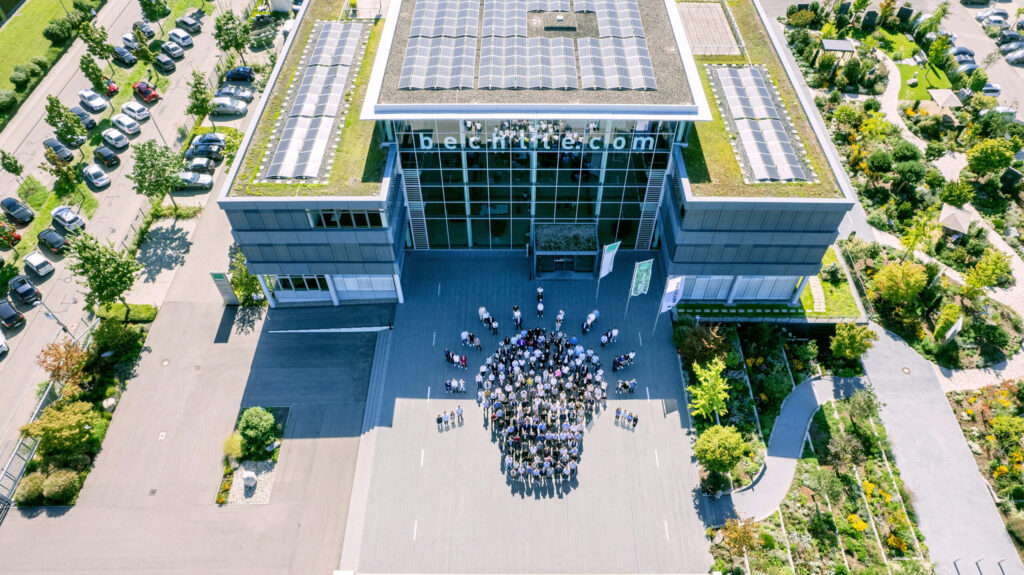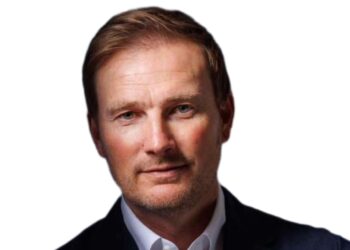A dip in manufacturer kickbacks – as well as higher depreciation and labour costs – fuelled a Q1 profit slump at Bechtle.
Having endured a testing 2024, mainland Europe’s largest reseller struck an optimistic tone in its trading update for the first three months of 2025, as ‘business volumes’ rose 2% year on year to €1.97bn.
A “slight uptick” in its top-line performance in March continued into the next quarter, the Neckarsulm-based outfit said.
“We were aware the first half of 2025 would be challenging, but the developments in March and April give us confidence that we can regain momentum in the second half of the year,” Bechtle CEO Dr Thomas Olemotz stated.
Hit to EBIT
But following a profit warning last month, Bechtle confirmed that earnings before taxes plunged by a third during the quarter to hit €55.3m.
It attributed the slump to higher non-wage labour costs, a €6m hike in M&A-fuelled depreciation and last year’s first quarter being “positively impacted by higher manufacturer kickbacks”.

In contrast to CDW – which benefitted from a tariff-related “pull-forward” of device sales in its Q1 – Bechtle said the uncertainty surrounding US tariff policy has “further nurtured the reluctance to invest across Europe”.
Germany was a blot on Bechtle’s Q1 copybook, with revenues from its home market down 5.8% to €820.8m. Bolstered by recent acquisitions, including in the UK (where it ranked 41st in the recent Oxygen 250 2025), international business volumes were up 1.3% to €640.2m.
Bechtle struck an upbeat tone, however, noting that it expects to see “positive momentum later in the year, particularly in Germany” (where a new government has just been formed).
For that reason, Bechtle confirmed an earlier full-year forecast that would see business volumes rise slightly and earnings fall within a range of -5% to +5%.
“The 2025 fiscal year still offers plenty of opportunities for positive development. With an improving economic outlook and growing momentum in the public sector, Bechtle is well positioned to return to more profitable growth,” Olemotz concluded.
















